Gone are the days when visiting a public bathhouse (sento) was an integral part of daily life for many Tokyo residents, and as such, gone are many of the baths themselves. That said, they remain a part of the culture, and some of those still in operation are truly special places, with a retro look and feel all their own. Like Taisho-yu in the photos below.
Opening in 1934, it has undergone numerous changes and renovations, but entering is still like stepping back in time. A space where the colours and dated tech are an absolute joy. Then of course there are the traditional Mt. Fuji murals, with the one nod to modernity being a take on the recent tourism kerfuffle concerning said mountain and a Lawson convenience store.
Photographing the sento as part of a TV programme (there are clips of it on my Instagram) allowed me to see behind the scenes somewhat, and the third generation owner has resisted the now common transition to gas, preferring to still use wood to heat the water — a method that apparently makes it feel softer. Sticking to the old ways, however, does mean a lot of work, as it’s a labour intensive and incredibly repetitive process. One that starts around midday for the late afternoon opening time, and continues until 11pm. A tough job in itself, but then there’s the cleaning once the last bathers have gone home, meaning it’s the early hours of the morning until the day is done. Then it’s sleep before getting up to begin heating the water once again.
Located in Ota ward, it’s an area that back in the day had a lot of factories and small workshops, resulting in the area boasting Tokyo’s largest concentration of sento. A quite staggering 180 in the post-war era. A number that has now declined to just over 30, with many of those run by people who will sadly be the last generation of owners, just like Taisho-yu.
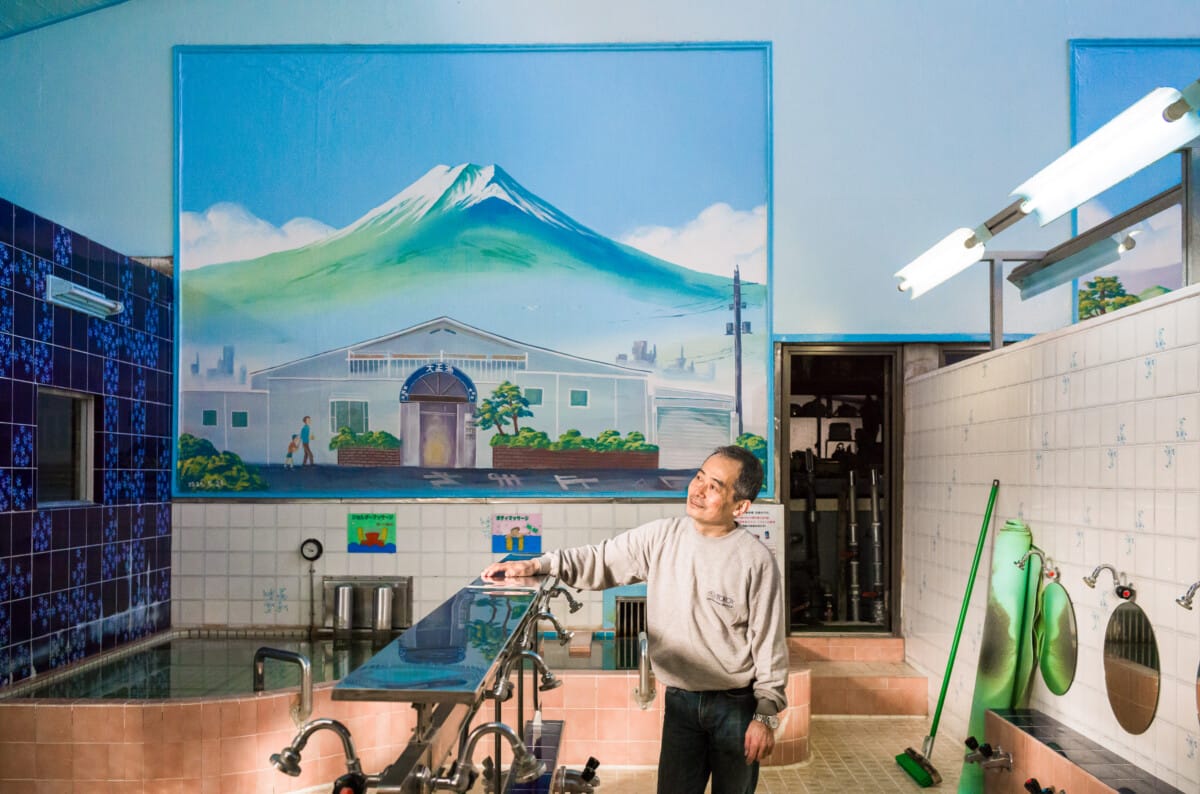
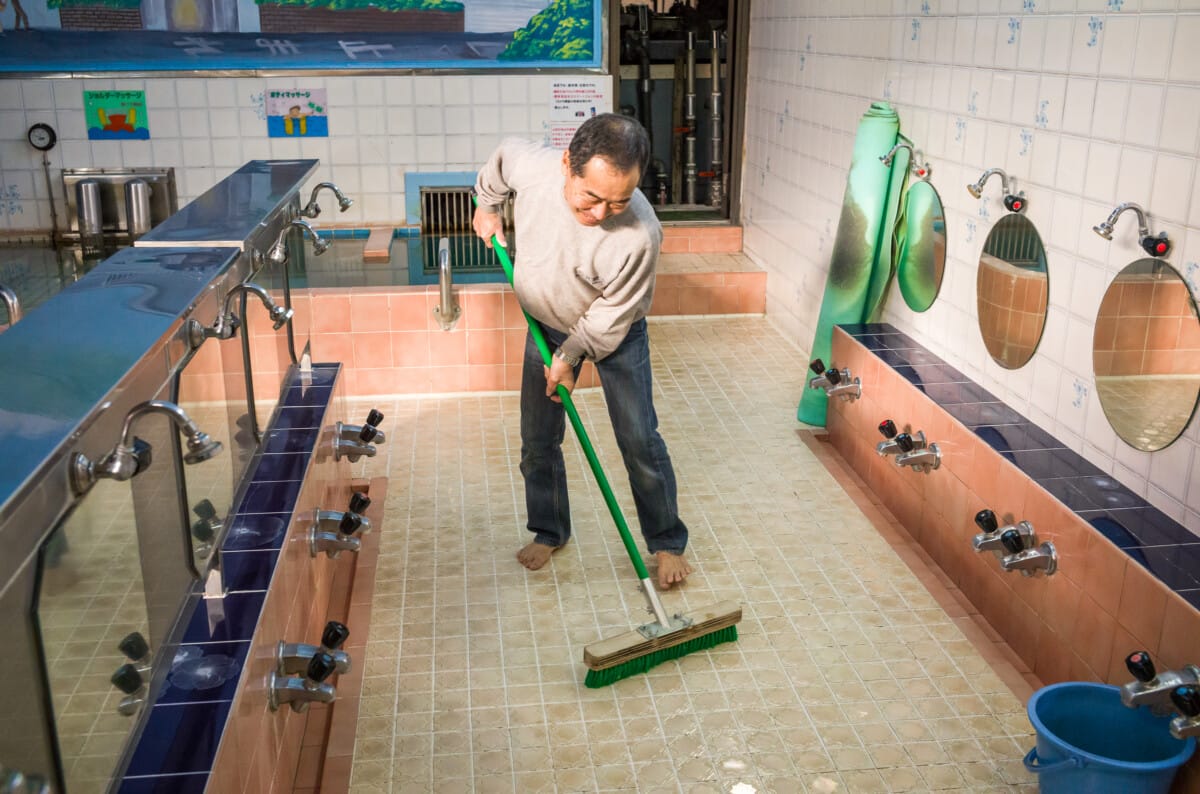
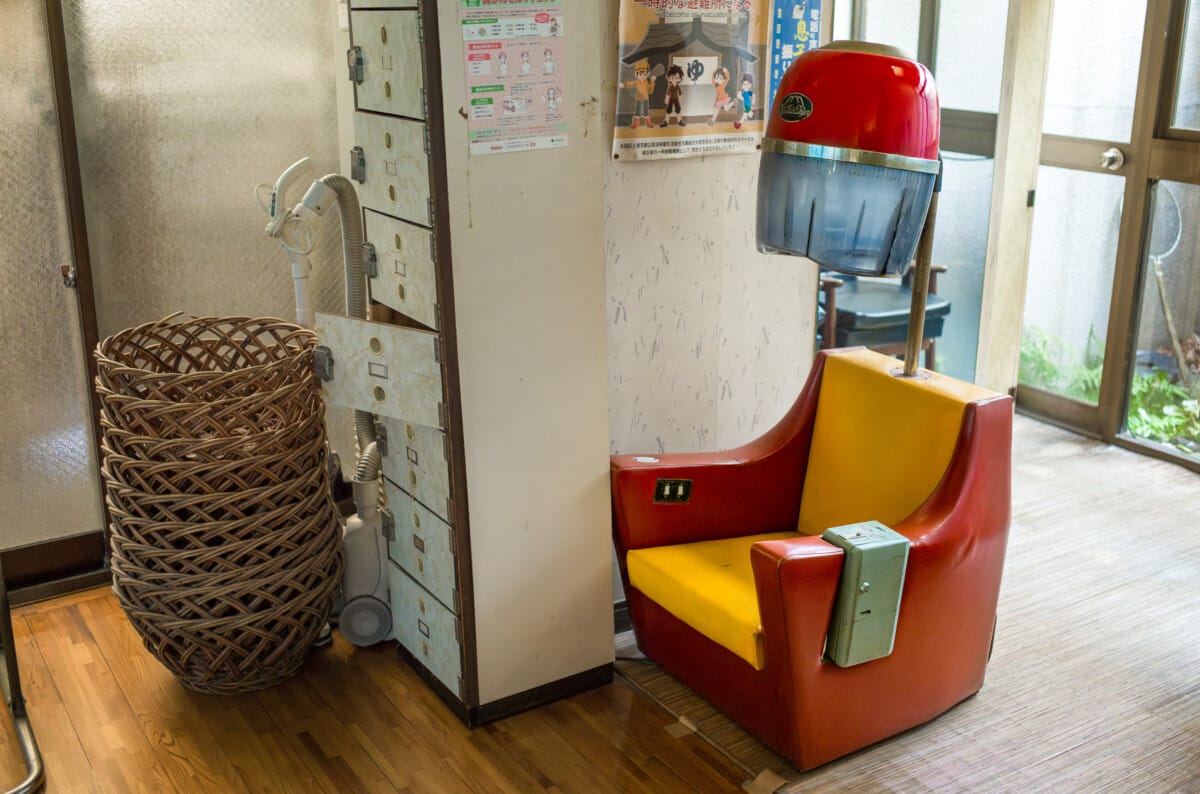
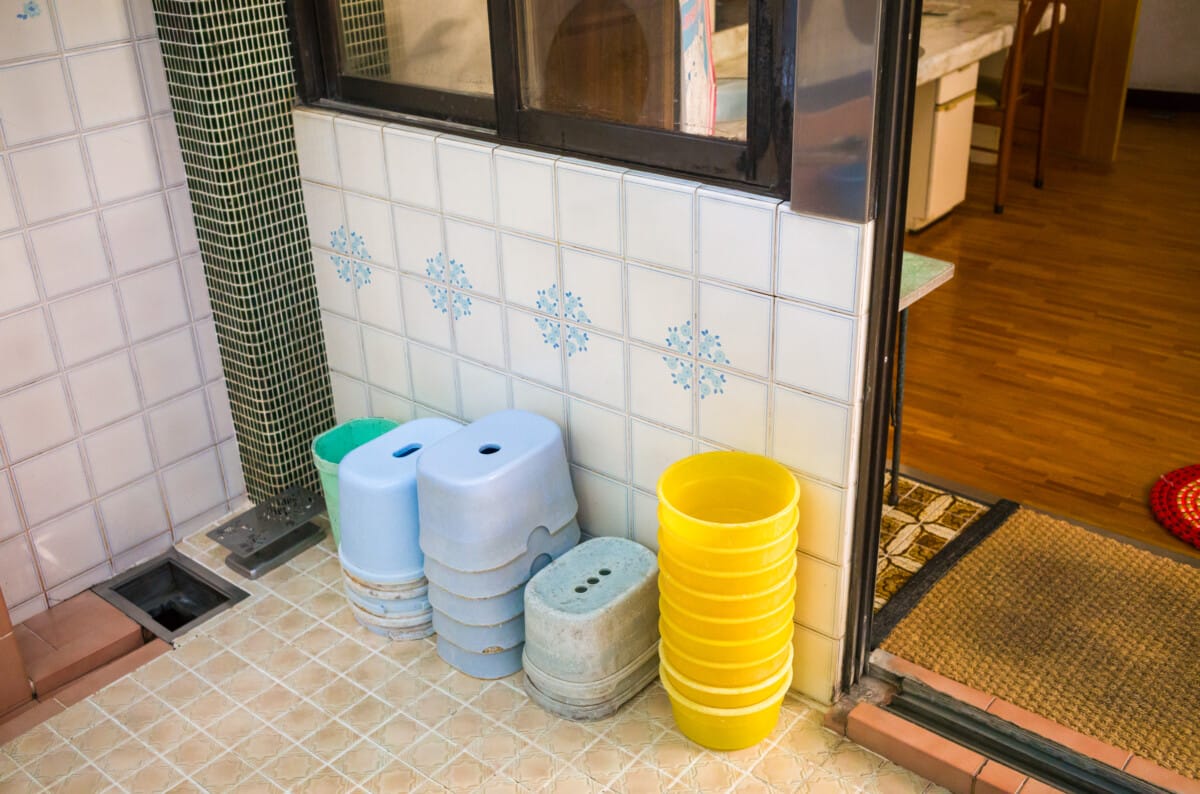
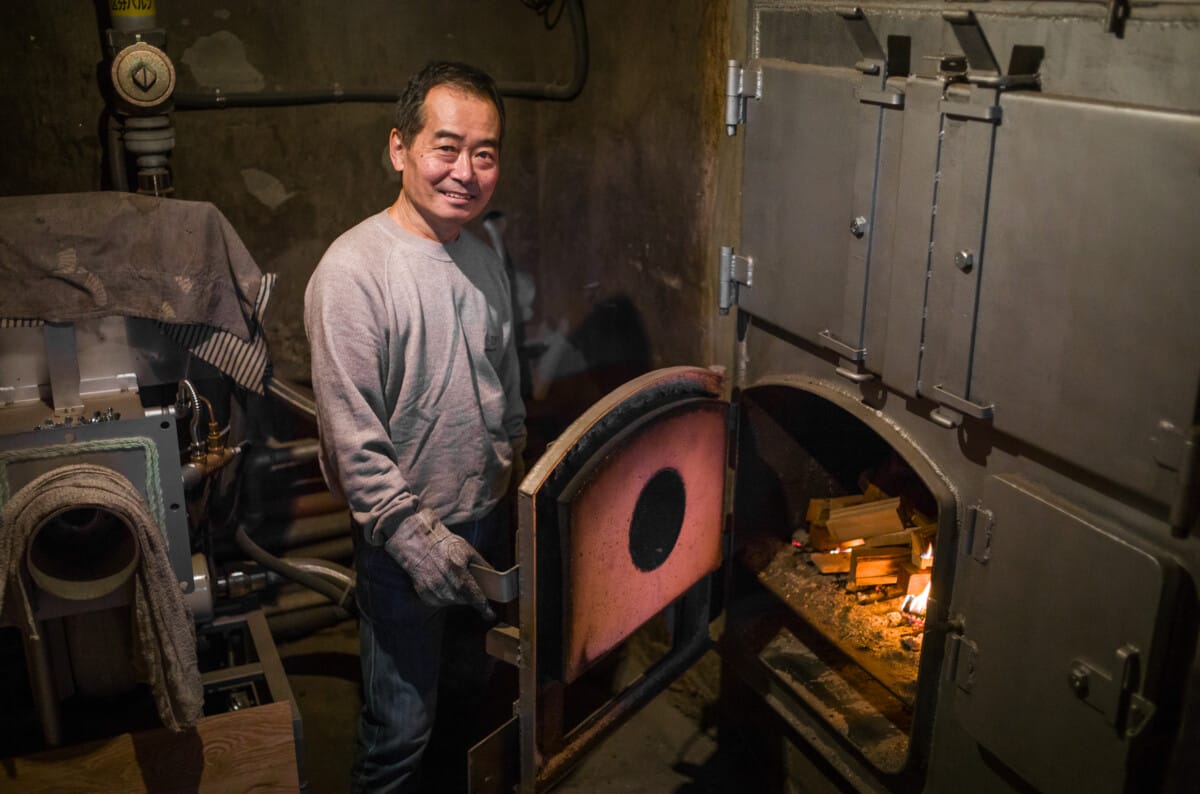
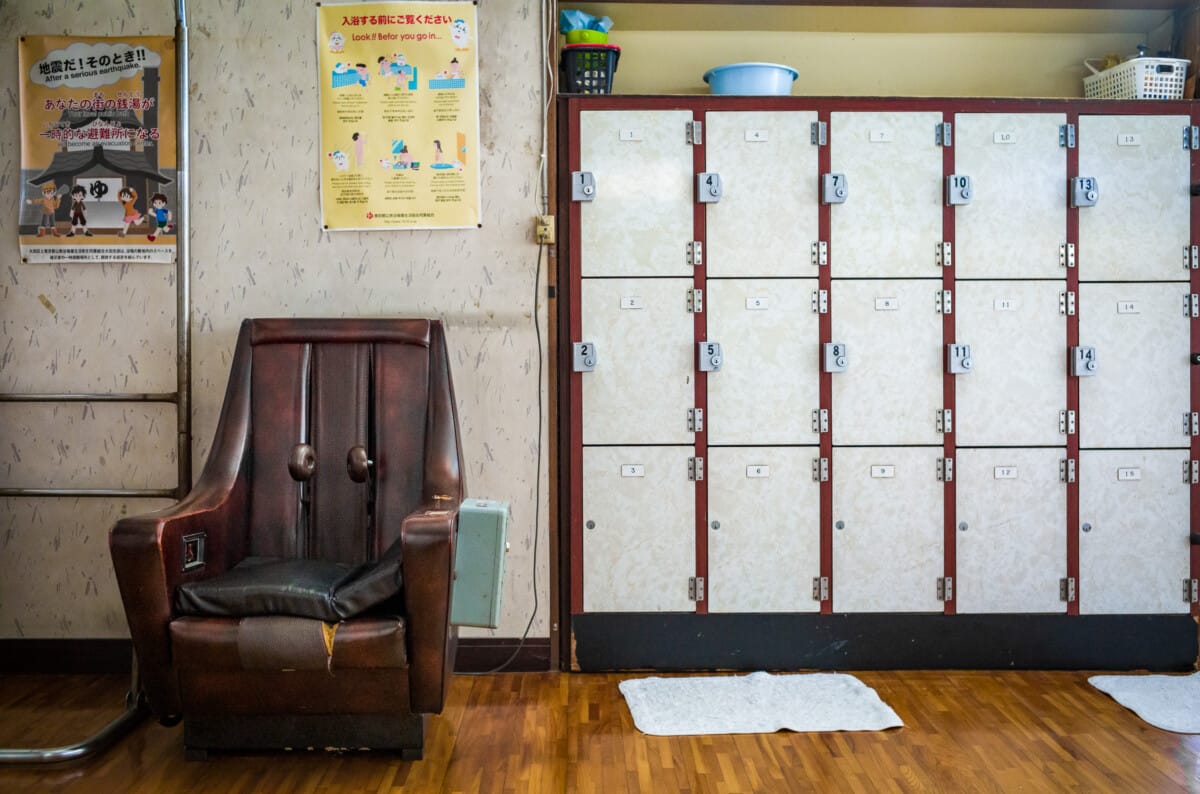
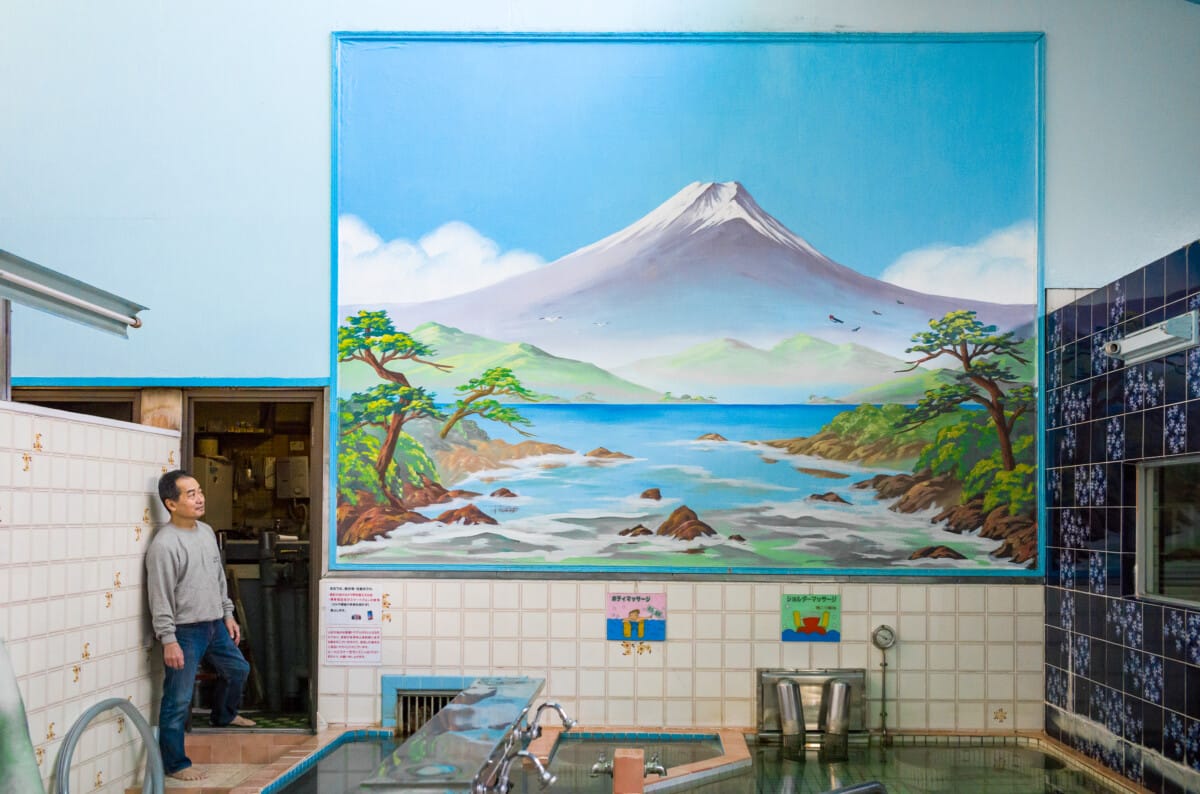
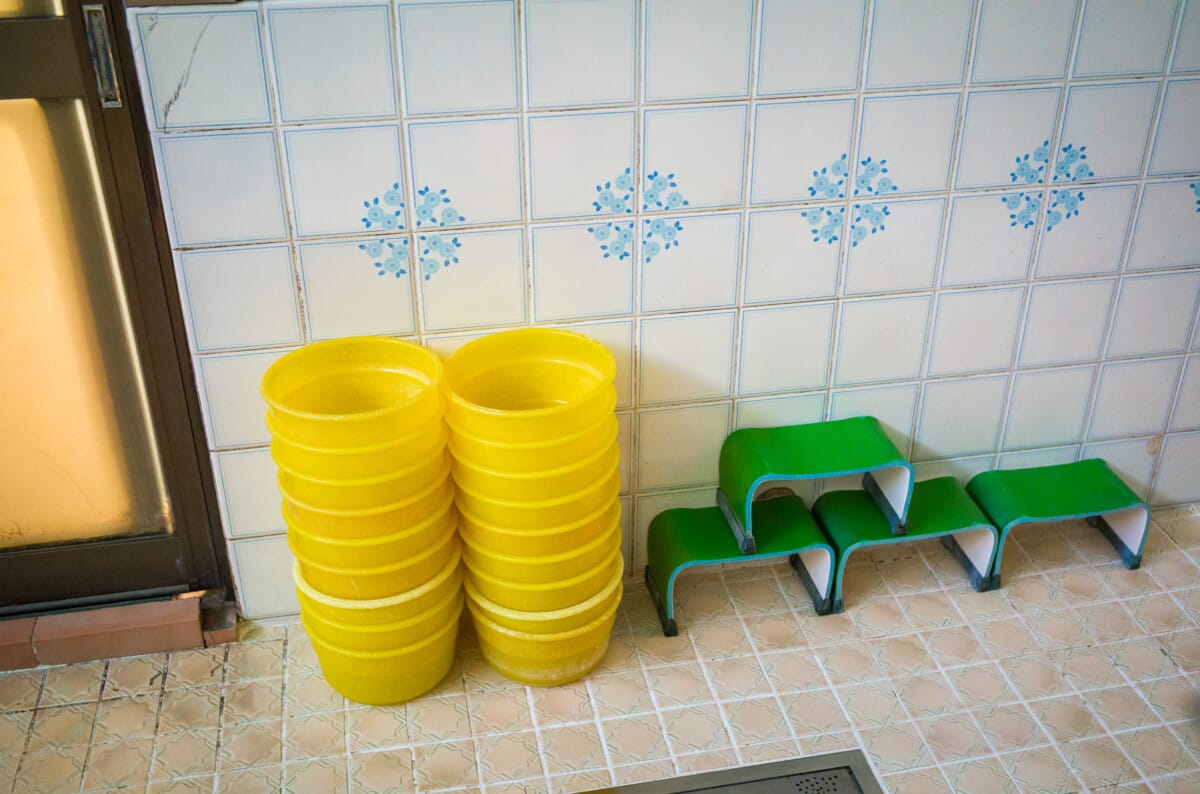
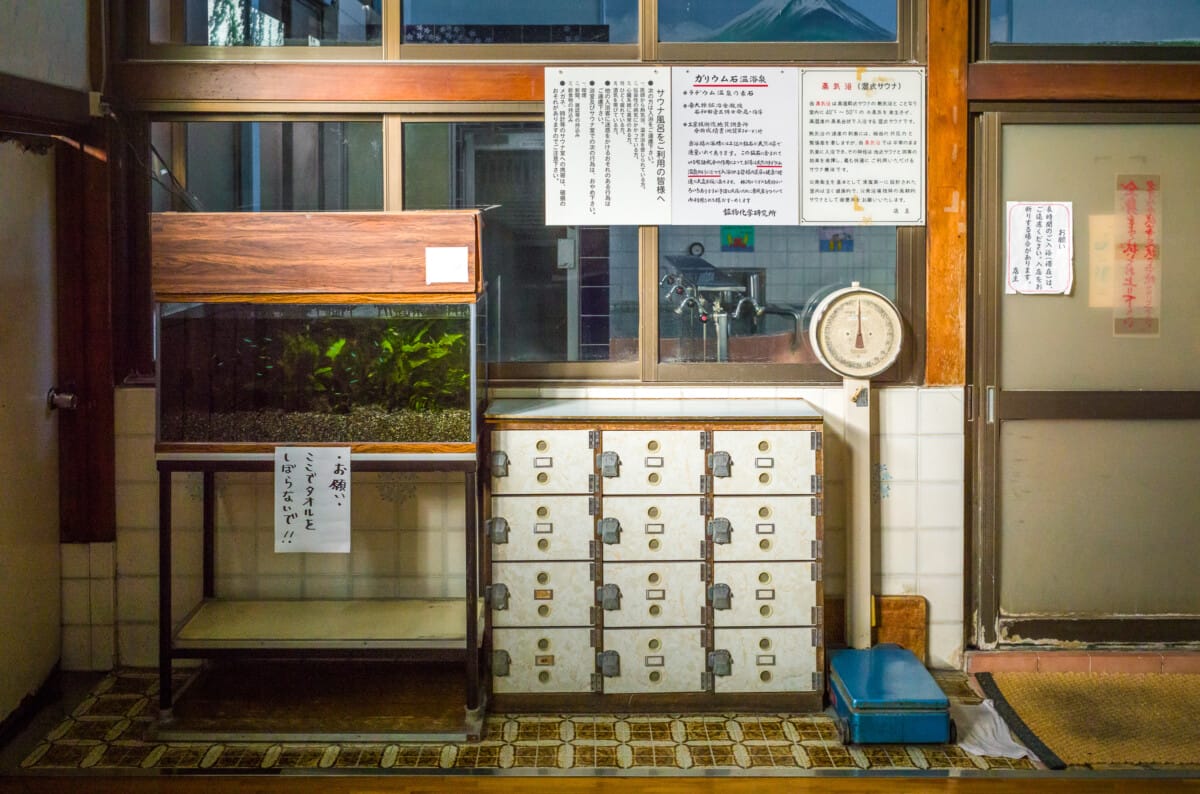
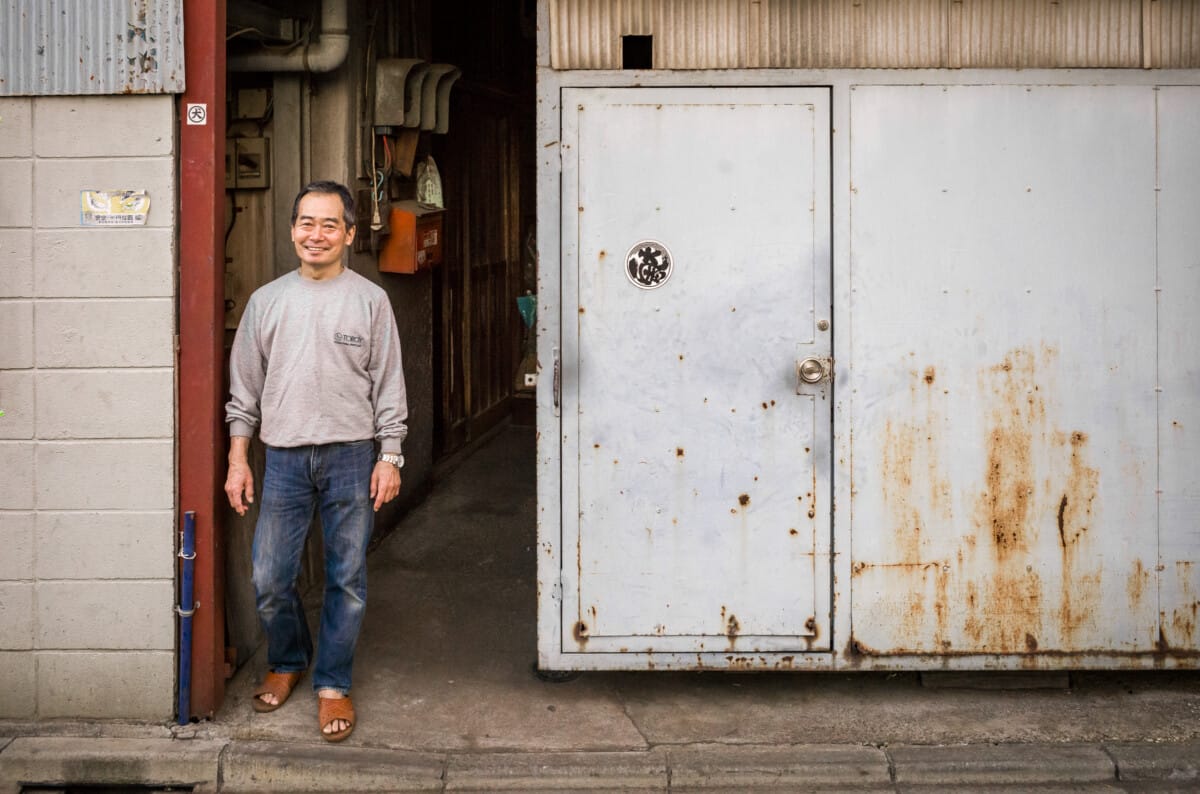
Denise says
I love it. And those Mount Fuji paintings. Wow! 🙂
Lee says
Fantastic, aren’t they? It was great to get the chance to see both of them.
Richard says
Agreed about the Mt. Fuji mural!! While I understand his determination to use wood to heat the water, it is really harmful for the environment to do so.
I used to go to a neighborhood sento when I lived in Tokyo from 1969-71. It was inconvenient on cold or rainy nights but I was young and willing to live the way the average Japanese person did. There was a shop owner nearby whom I got to know because I would stop to buy senbei or cookies for an evening snack on my way back home. She was very friendly and complimented me for being a ‘johzu’ at speaking my modest Japanese. She would laugh when I would say, ‘Goma suri, desu ne.’
What great memories!! Thanks!
Lee says
That was a very different Tokyo life in every sense eh? I do still see a few people in the late afternoon heading to the sento with their towel, soap etc, but nothing like the numbers you must have seen.
Richard says
When I lived in Tokyo from 1969-71, there were ‘mansions’ and private homes had a bath. But the average apartment built in the early-mid 1950’s after the war did not. So, yes the sento was a busy place in the neighborhood!
Damien says
Beautiful images from another era. It takes a special category of ‘Gamman’ to have to go through the same routine each day of scrubbing down the tiles, clearing the soap crud and pubes out of the drain grates, refilling the baths, etc. Long may it continue to ply its trade.
Lee says
Thanks a lot. And yeah, it is a lot of work, and a full on commitment. Especially so when it comes to the realities of the job like you mentioned.
Despite that though he clearly has great pride in his job and the experience his sento provides, so he won’t be closing up any time soon.
Curtis says
Great little photo series, it makes me nostalgic for the sento and onsen that I go to whenever I’m in Japan.
I came across your blog after searching “muroran had” in Google to see what would come up out of curiosity. Glad I’ve found it as your photography is great and I’ve added your blog to my RSS feed.
One question, what camera body are you using and what focal lengths are you typically shooting with? Your photos of people in tight bar settings are nice with a good depth of field, but not over done bokeh and little distortion.
Lee says
Thank you very much. That’s really kind of you and lovely to hear. Happy to hear it was Muroran that brought you here too. A place that despite only 2 visits I have a real soft spot for.
I’ve been using digital Leica Ms for years, and now I have an M10R. I almost exclusively use a 35mm Summicron. I do carry a 28mm for when something a bit wider is a necessity, but it’s rare for me to use it.